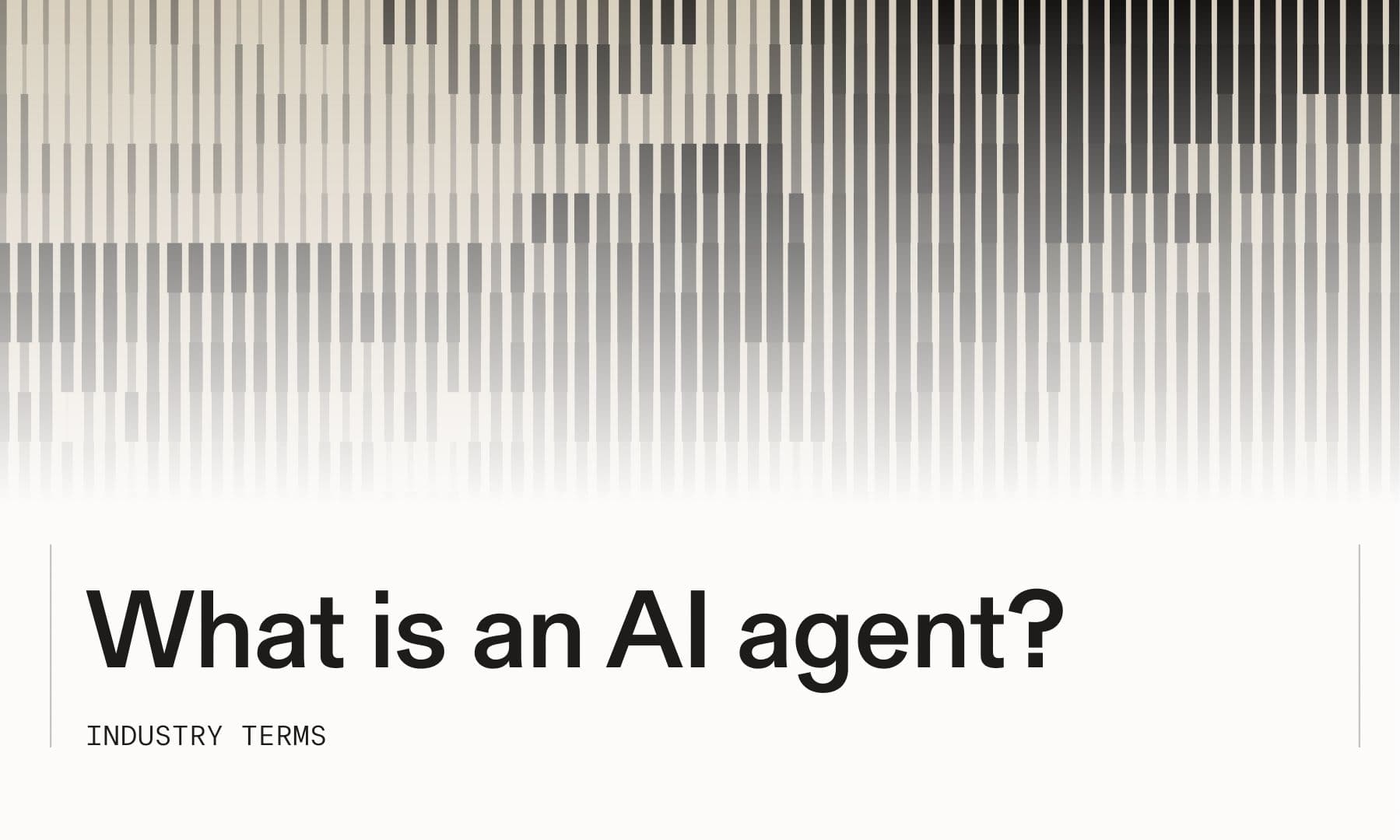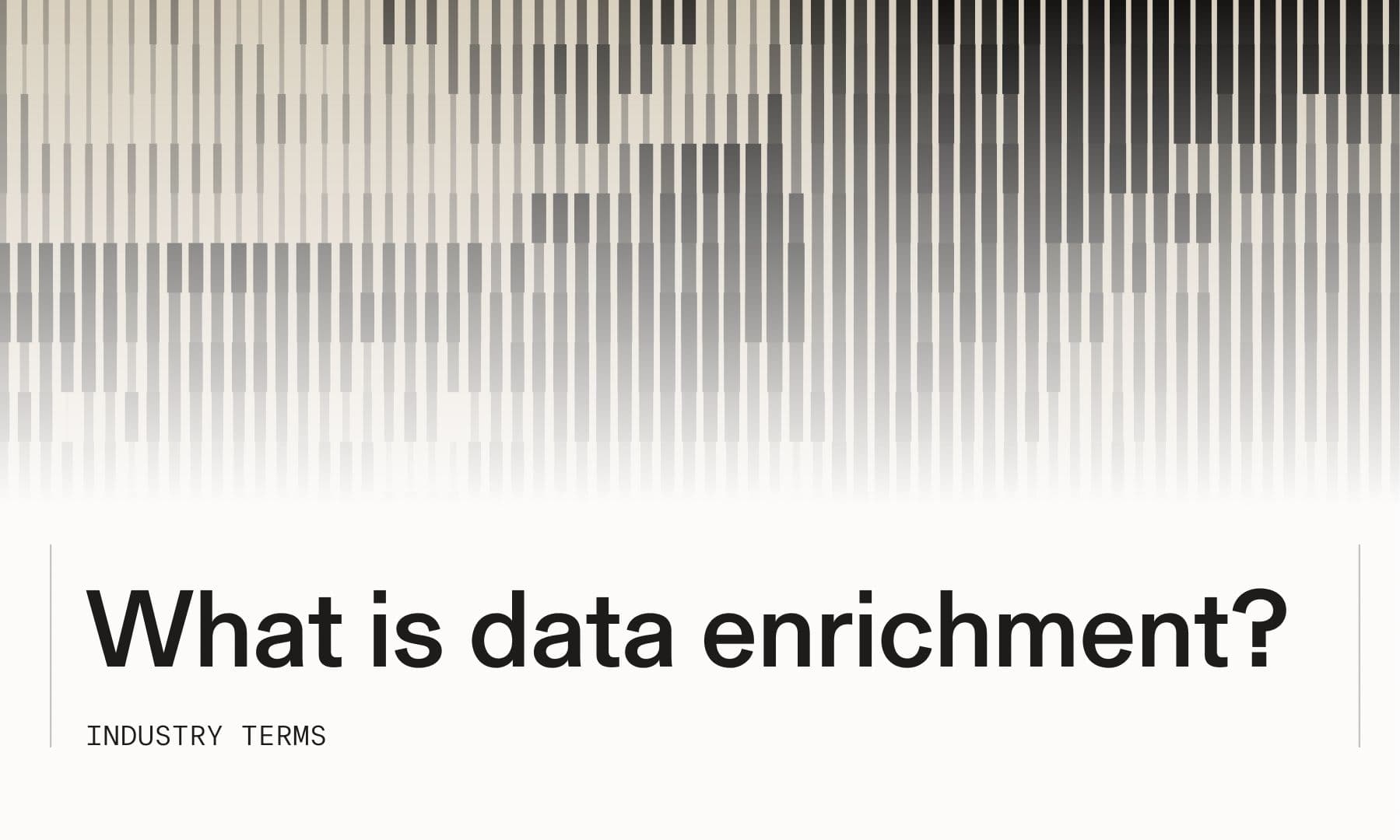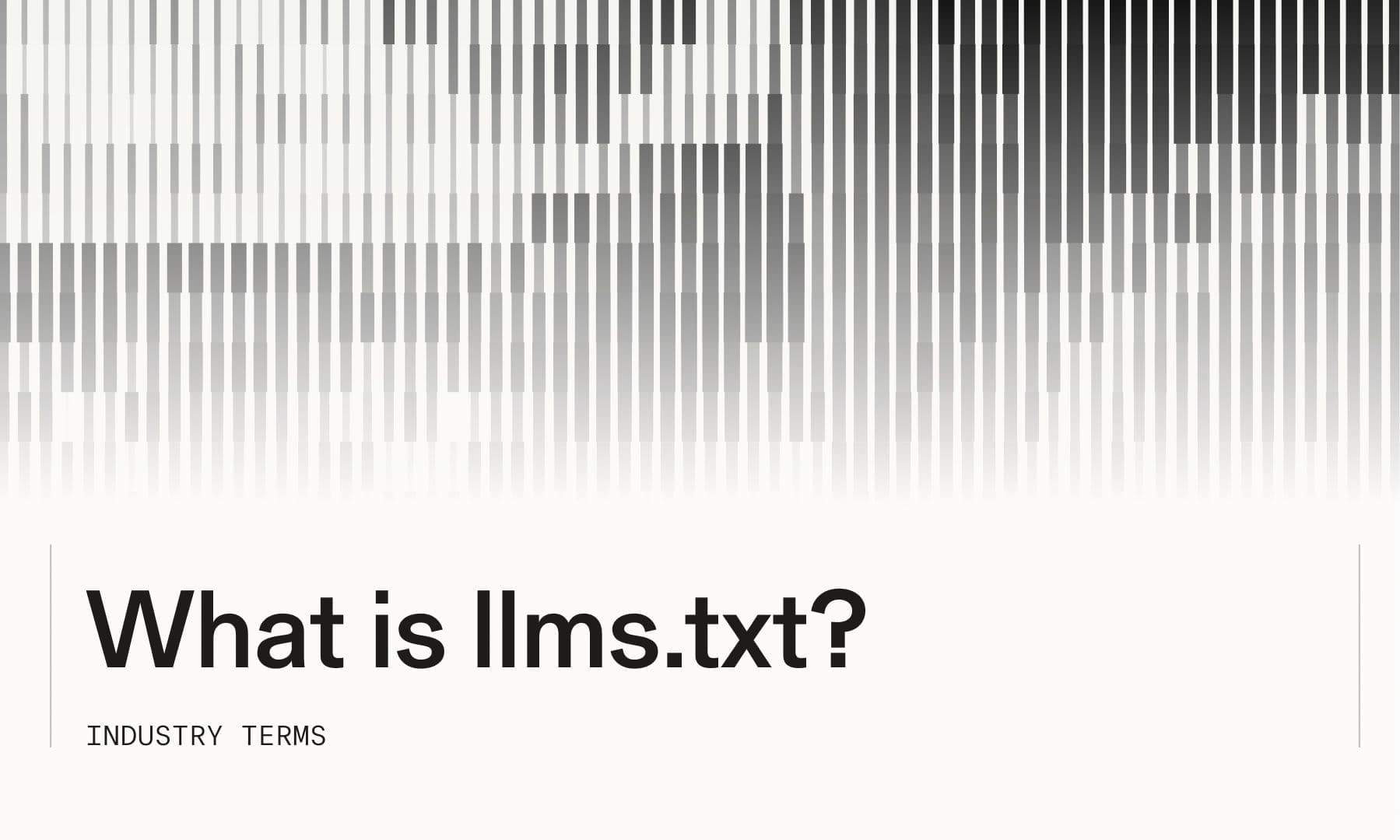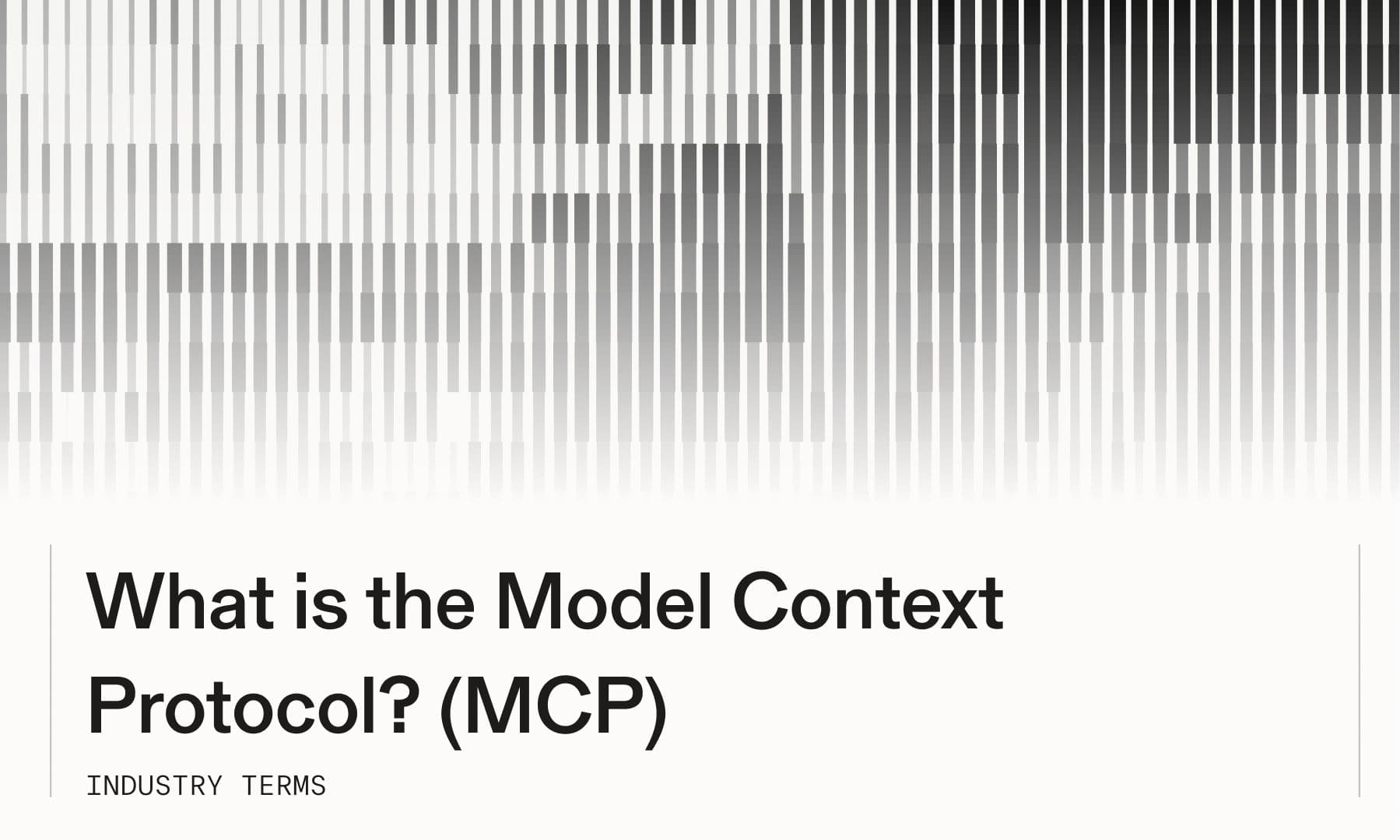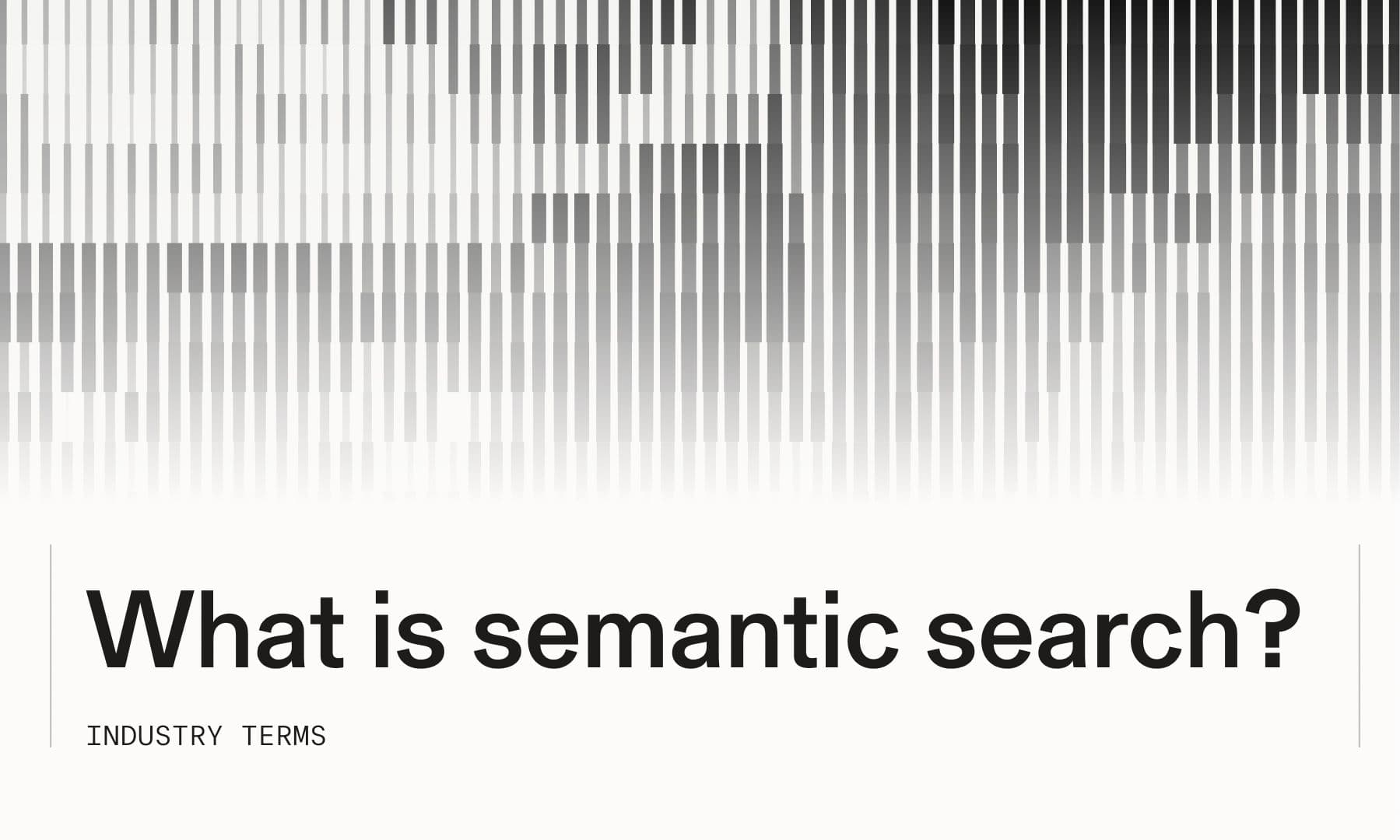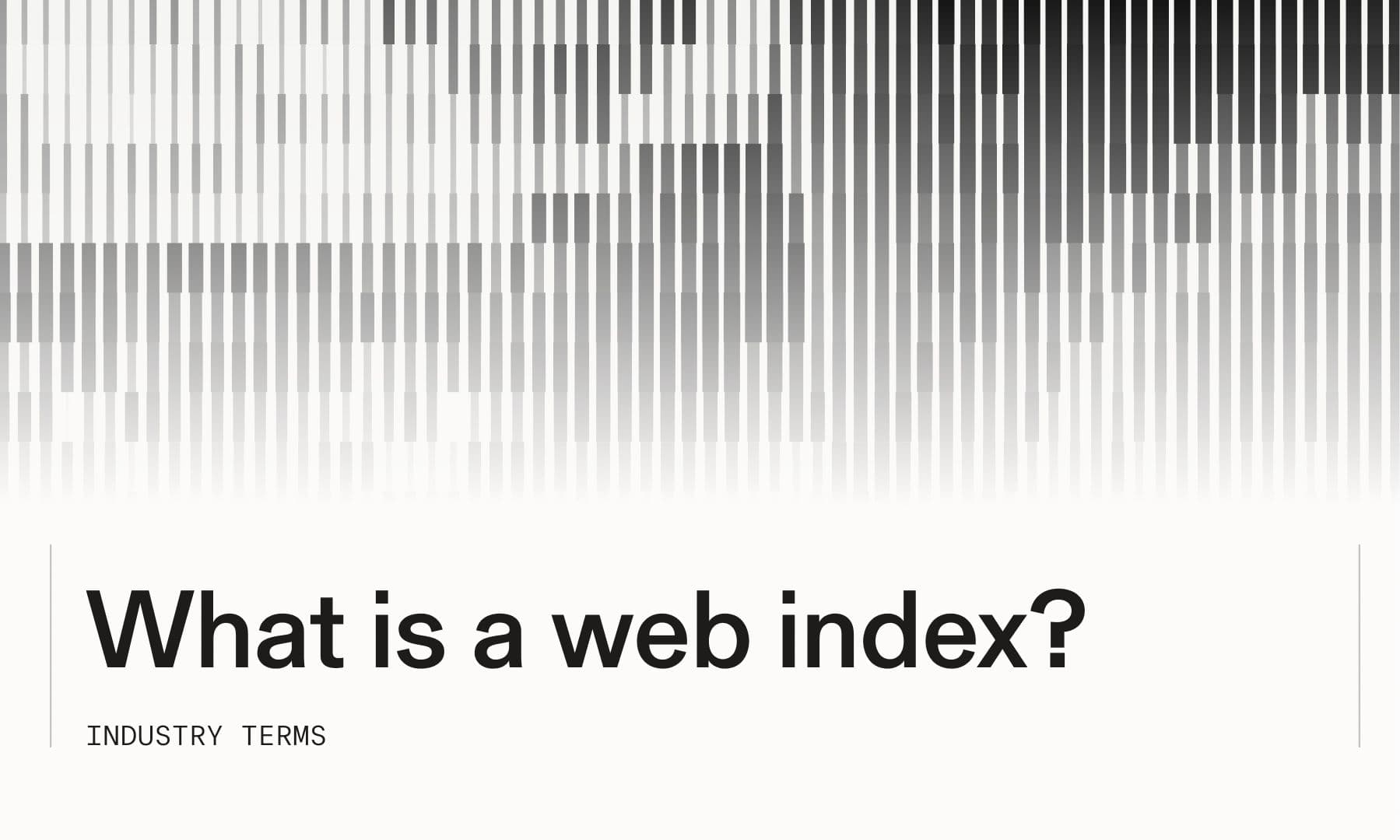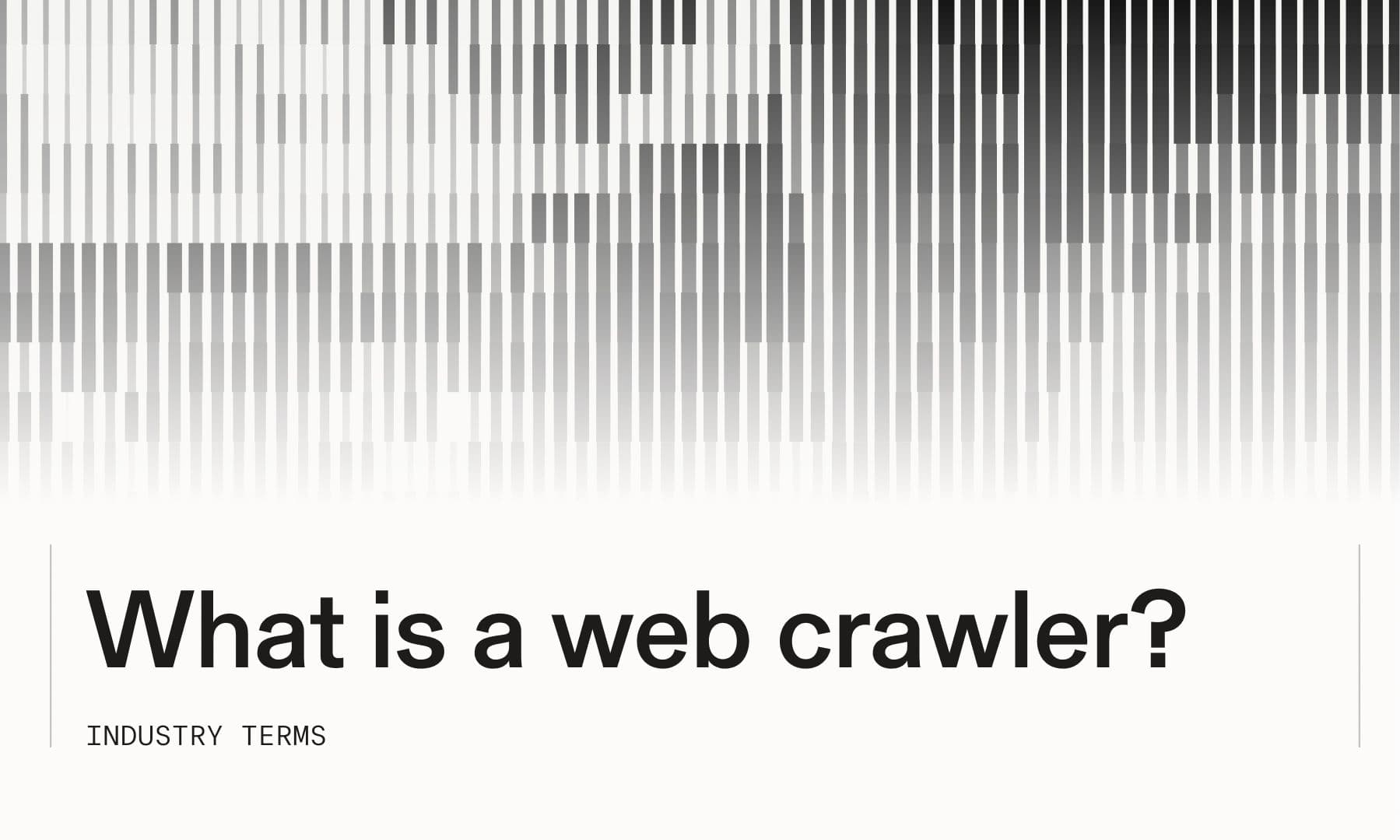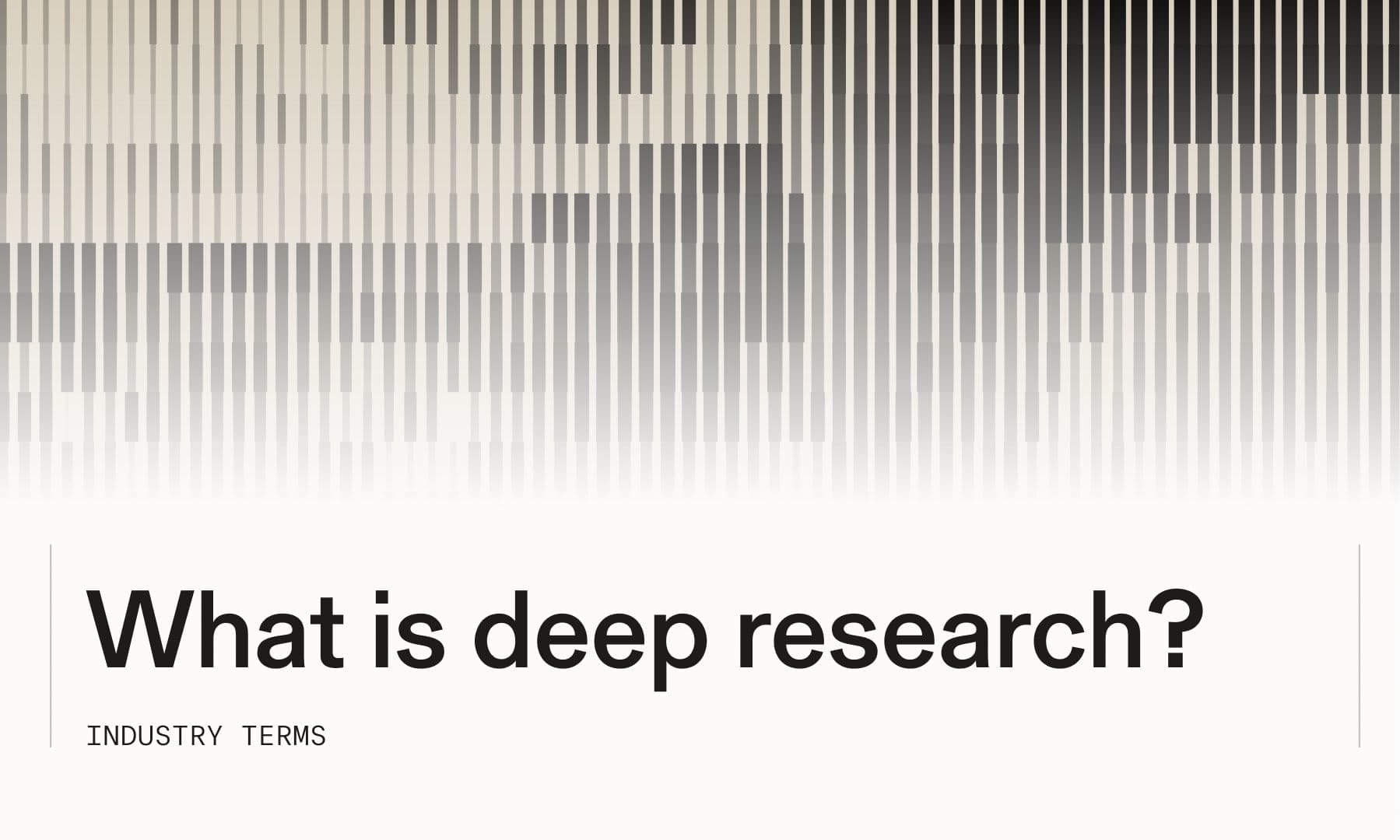
# What is web scraping?
Web scraping is the automated process of extracting data from websites and converting it into structured formats like spreadsheets or databases. Instead of manually copying information, software called scrapers systematically collect data from web pages at scale—powering everything from price monitoring to AI training datasets. This guide walks through how web scraping works, the tools developers use, common applications across industries, and why traditional scraping creates friction for modern AI systems that demand verifiable, structured intelligence.
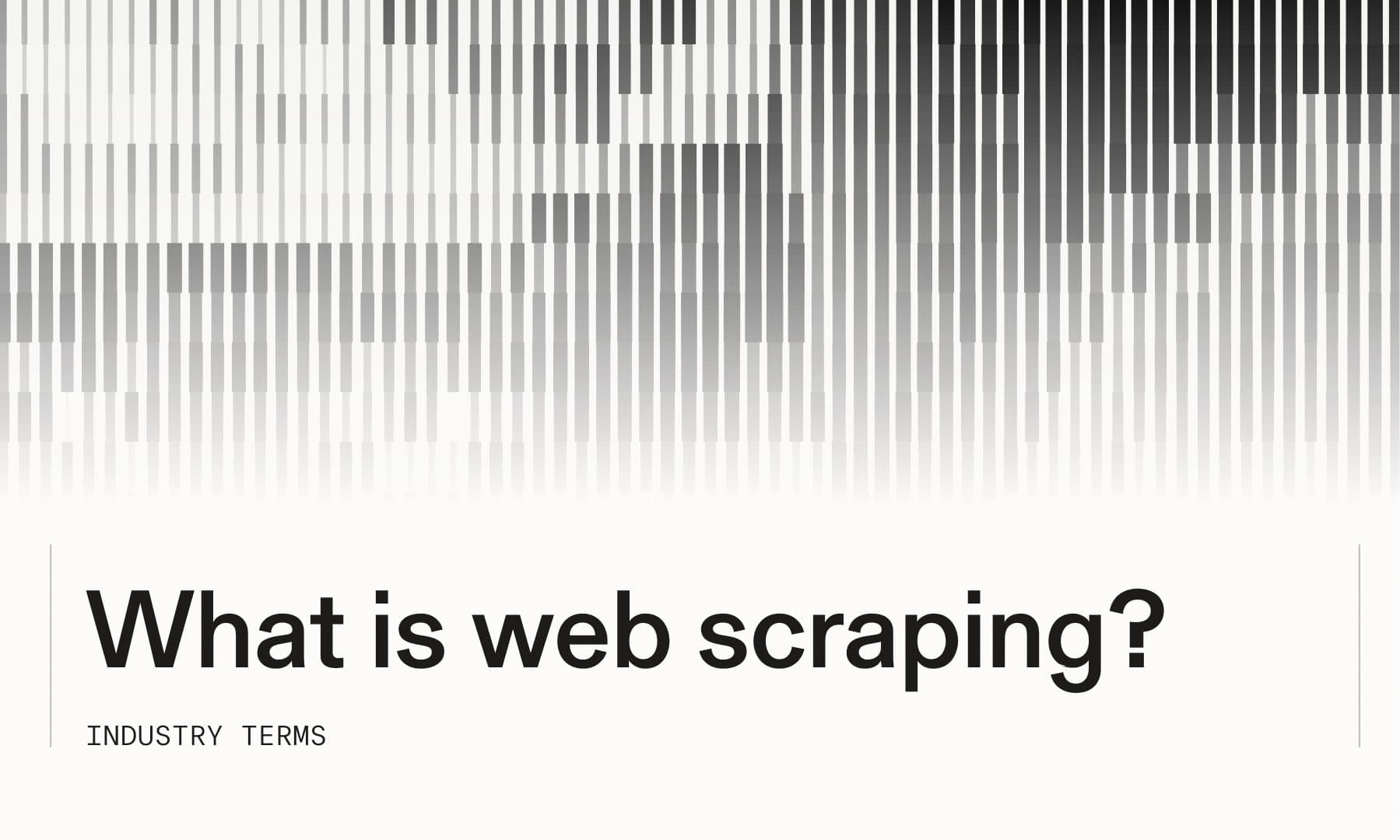
## **What is web scraping?**
Web scraping is the automated process of extracting data from websites and converting it into a structured format like a spreadsheet or database. Instead of manually copying and pasting information, web scraping uses software—often called scrapers or bots—to systematically collect information from web pages at scale.
Here's what happens under the hood. The scraper sends an **HTTP request** to a website, just like your browser does when you visit a page. The server responds with **HTML**—the code that structures the webpage. The scraper then parses this HTML into a **DOM** (Document Object Model), which maps out where everything lives on the page. From there, it uses **selectors** to pinpoint specific elements—like product prices in a <span class="price"> tag or contact details in a <div class="contact-info"> block—and extracts just the data you want.
After extraction, the scraper cleans up the raw data and stores it in formats like CSV, JSON, or databases. You'll hear terms like "web harvesting" and "web data extraction" used interchangeably—they all describe the same fundamental activity of programmatically collecting data from the internet.
## **How web scrapers work behind the scenes**
Web scrapers automate what humans do manually when they visit websites and copy information. The process unfolds in four stages, each handling a specific part of data collection.
### **1. Send HTTP request**
First, the scraper sends an HTTP request to the target website. The web server responds with the page's HTML code—the raw markup that contains all the visible content, metadata, and structure you see in a browser.
### **2. Parse HTML DOM**
Next, the scraper parses the HTML into a DOM tree. This step creates a blueprint of the page's structure—headings, paragraphs, tables, links—so the scraper can navigate to specific elements. Think of it as mapping out where everything lives before you start extracting.
### **3. Extract target data**
Using selectors like CSS selectors or XPath expressions, the scraper locates the exact elements containing the data you want. It might pull product prices, contact details, article text, or any other content. The scraper extracts only the relevant information, discarding navigation menus, ads, and other irrelevant markup.
### **4. Clean and store results**
Raw extracted data often contains formatting inconsistencies, extra whitespace, or encoding issues. The scraper cleans this data—removing HTML tags, normalizing text, converting data types—then stores it in a structured format. This final step transforms messy web content into analysis-ready datasets.
## **Main types of web scraping tools**
The web scraping ecosystem offers solutions for every skill level and use case. Your choice depends on technical expertise, data volume, site complexity, and budget.
### **Browser extensions**
Browser extensions run directly in Chrome, Firefox, or Edge and let you scrape visible data with minimal setup. You click elements on the page to define what data to extract, and the extension generates a scraper automatically. They work well for one-off tasks or small datasets, though they're limited to what you can see and interact with manually.
### **Local libraries**
Programming frameworks like Python's Beautiful Soup, Scrapy, or JavaScript's Puppeteer and Playwright give developers full control. You write custom code that defines exactly how to fetch, parse, and extract data. This approach offers maximum flexibility—you can handle complex logic, authentication, pagination, and error handling—but it requires coding skills and ongoing maintenance as websites change.
### **Cloud-hosted crawlers**
Managed services like ParseHub, Octoparse, or Apify handle the infrastructure for you, running scrapers on cloud servers with built-in scheduling, proxy rotation, and data storage. They're ideal when you're scraping large volumes of data, need reliable uptime, or want to avoid managing servers and proxies yourself.
### **Headless browser automation**
Tools like Selenium, Puppeteer, Playwright, and new entrants like Browserbase (or Stagehand), control real browsers programmatically—without displaying a visible window—to scrape JavaScript-heavy sites that load content dynamically. Modern web applications often render data client-side after the initial page load, which means traditional HTTP-based scrapers only see empty HTML shells. Headless browsers execute JavaScript just like real users, waiting for content to appear before extracting it.
### **AI-powered document parsers**
Modern systems use machine learning to understand webpage content contextually rather than relying solely on rigid HTML patterns. They can adapt to layout changes, extract semantic relationships between data points, and handle unstructured content more intelligently. They're particularly valuable when scraping sites with inconsistent structures or when you want to extract meaning rather than just raw text.
## **High-value use cases for scraping the internet**
Web scraping powers data-driven decision making across industries, automating information gathering that would otherwise require manual research. Here's where organizations deploy scraping most effectively:
- - **Price intelligence:** E-commerce companies monitor competitor pricing, product availability, and promotional strategies in real time across dozens or hundreds of competitor sites
- - **Market research:** Consumer insights live across forums, review sites, social media platforms, and news outlets—scraping aggregates sentiment, trends, and competitor positioning at scale
- - **Sentiment and news monitoring:** Organizations track media coverage, industry news, and brand mentions across thousands of publications to detect breaking news, monitor crises, and identify opportunities
- - **Lead generation:** Sales and marketing teams scrape business directories, professional networks, and company websites to build prospect lists enriched with contact information and company details
- - **Training data for LLMs:** AI companies collect web content to train large language models, though this raises important questions about data quality, licensing, and provenance
## **Is web scraping legal and compliant**
The legality of web scraping exists in a gray area that depends on what you scrape, how you scrape it, and what you do with the data. No universal law governs web scraping, but several principles guide responsible practice.
**Public data:** Scraping publicly accessible information—data anyone can view without logging in—is generally acceptable, though not without limits. Courts in various jurisdictions have upheld the right to collect public data, particularly when it's factual rather than creative content. However, "public" doesn't mean "free to use however you want."
**Terms of service:** Website terms of service often explicitly prohibit automated data collection, and violating those terms can create legal risk even if the data itself is public. While the enforceability of ToS provisions varies, ignoring them entirely is risky. Some sites grant limited scraping permissions in their robots.txt files or API terms.
**Rate limiting:** Even when scraping is permitted, overwhelming a server with requests can constitute a denial-of-service attack. Respectful scraping includes reasonable delays between requests, honoring robots.txt directives, and backing off if the site shows signs of strain.
Personal data adds another layer of complexity. Regulations like GDPR in Europe and CCPA in California impose strict requirements on collecting and processing personal information, even from public sources.
## **Common anti-scraping defenses sites use**
Websites deploy increasingly sophisticated measures to detect and block automated data collection, protecting their infrastructure and data from abuse.
### **Robots.txt and terms of service**
The robots.txt file lives at the root of a website (example.com/robots.txt) and specifies which paths bots can access and how frequently. It's a policy declaration rather than a technical barrier—scrapers can ignore it, but doing so signals clear disregard for the site's wishes.
### **CAPTCHAs and rate limits**
Interactive challenges like "Select all images with traffic lights" verify that a human is browsing rather than a bot. CAPTCHAs appear when sites detect suspicious patterns like rapid requests from a single IP address. Server-side rate limiting throttles requests from any client that exceeds defined thresholds, slowing down or blocking aggressive scrapers.
### **Dynamic rendering**
Modern web applications increasingly rely on JavaScript frameworks like React, Vue, or Angular that render content client-side after the initial page load. When you scrape with traditional HTTP requests, you receive nearly empty HTML—the actual data loads via subsequent JavaScript execution and API calls. This architecture wasn't designed to block scrapers, but it effectively does so as a side effect.
### **IP blocking and fingerprinting**
Sophisticated detection systems analyze traffic patterns to identify bots. They track IP addresses, user agent strings, request headers, cookie behavior, and timing patterns. If your scraper makes requests too quickly, lacks typical browser headers, or exhibits other non-human characteristics, the site may block your IP or serve fake data.
## **Limitations of legacy scrapers for AI applications**
Traditional web scraping—built for human analysis workflows—creates significant friction when feeding data into AI systems and large language models. The mismatch between scraped output and LLM input requirements introduces inefficiency, quality problems, and maintenance burden.
**Token inefficiency:** Raw HTML contains massive amounts of irrelevant markup— navigation menus, ads, styling code, tracking scripts—that wastes precious LLM context window space. When you scrape a product page, you might extract 50,000 characters of HTML but only need 2,000 characters of actual product information. Feeding unprocessed scraped content into LLMs burns tokens on noise rather than signal.
**Quality issues:** Scraped data often lacks verification and provenance. You know you extracted text from a webpage, but you don't know if that information is accurate, current, or authoritative. LLMs trained or prompted with unverified scraped content can propagate misinformation, outdated facts, or contradictory claims.
**Maintenance overhead:** Custom scrapers break constantly as websites redesign layouts, change class names, or restructure their HTML. A scraper that works perfectly today might fail completely next week when the site updates. Maintaining a fleet of scrapers across dozens or hundreds of sites becomes a full-time engineering burden.
The fundamental problem is that traditional scraping was designed for human consumption—extract data, put it in a spreadsheet, let people analyze it. AI agents require something different: high-density, semantically structured, verifiable information that slots directly into reasoning pipelines.
## **An AI-native alternative with verifiable data**
Modern AI applications benefit from a fundamentally different approach: structured, verified web data designed specifically for LLM consumption rather than raw scraped HTML. Evidence-based search APIs represent this new paradigm, delivering information that's already processed, cross-referenced, and ready for reasoning.
Instead of scraping individual pages and hoping the content is accurate, modern systems aggregate information across multiple authoritative sources, identify consensus facts, flag contradictions, and provide explicit source attribution. When an AI agent asks "What is the current CEO of Acme Corp," it receives not just a name but verification that multiple reliable sources confirm this fact, along with links to those sources.
This architecture solves the core problems of traditional scraping. Token efficiency improves dramatically because the API returns only relevant information—no HTML markup, no boilerplate, no navigation cruft. Quality and provenance become explicit properties of the data rather than post-processing concerns. Maintenance burden shifts from the developer to the API provider, who handles the complexity of keeping data fresh and accurate across thousands of sources.
The result is AI systems that operate on trustworthy, deduplicated, source-linked data—reducing hallucinations, improving reliability, and making outputs verifiable.
## **FAQs about web scraping**
### **How do I choose the right data web scraper for my project?**
Match your tool choice to your technical skills, data volume, site complexity, and budget. Browser extensions work well for quick, one-off tasks with small datasets. Programming libraries offer maximum flexibility if you have coding skills and want custom logic. Cloud-hosted services make sense for large-scale scraping or when you want managed infrastructure. AI-powered tools excel when dealing with unstructured content or sites with inconsistent layouts.
### **What's the difference between screen scraping and web scraping?**
Screen scraping captures visual elements from any application interface—desktop software, terminal windows, or legacy systems—by analyzing what's displayed on screen. Web scraping specifically targets website data via HTTP requests and HTML parsing. Web scraping accesses the underlying data structure directly, while screen scraping only sees the rendered output.
### **Can scraping a website get my IP address banned?**
Yes, aggressive or non-compliant scraping frequently triggers IP blocks. Websites monitor request patterns and block addresses that make too many requests too quickly, ignore robots.txt, or exhibit bot-like behavior. Respectful scraping practices—reasonable rate limiting, honoring robots.txt, rotating user agents—minimize this risk.
### **Does ChatGPT scrape websites in real time for answers?**
Technically, no. ChatGPT relies on pre-trained data and doesn't scrape websites during conversations by default. Its knowledge comes from a static training dataset with a cutoff date, so it can't access current information or browse the web. Some AI tools and plugins do provide real-time web access features, but base ChatGPT operates entirely on its training corpus.
## **Build reliable data pipelines today with Parallel**
Developers building AI agents and applications can streamline web data ingestion using Parallel's Search API, which emphasizes high-quality, token-dense, and scalability. Instead of maintaining fragile scrapers or processing raw HTML, you specify what information you want—"Find the current CTO of this company" or "Research recent funding rounds for startups in healthcare"—and receive snippets of ranked context with sources.
Parallel's API collapses the traditional scraping pipeline—searching, crawling, parsing, cleaning, verifying—into a single fast call optimized for LLM consumption. The service handles freshness, accuracy, and infrastructure complexity so you can focus on building your application rather than maintaining data collection machinery.
Explore the Developer Platform[Explore the Developer Platform]($https://platform.parallel.ai/home) to see how evidence-based web search transforms AI agent capabilities.
By Parallel
October 14, 2025
